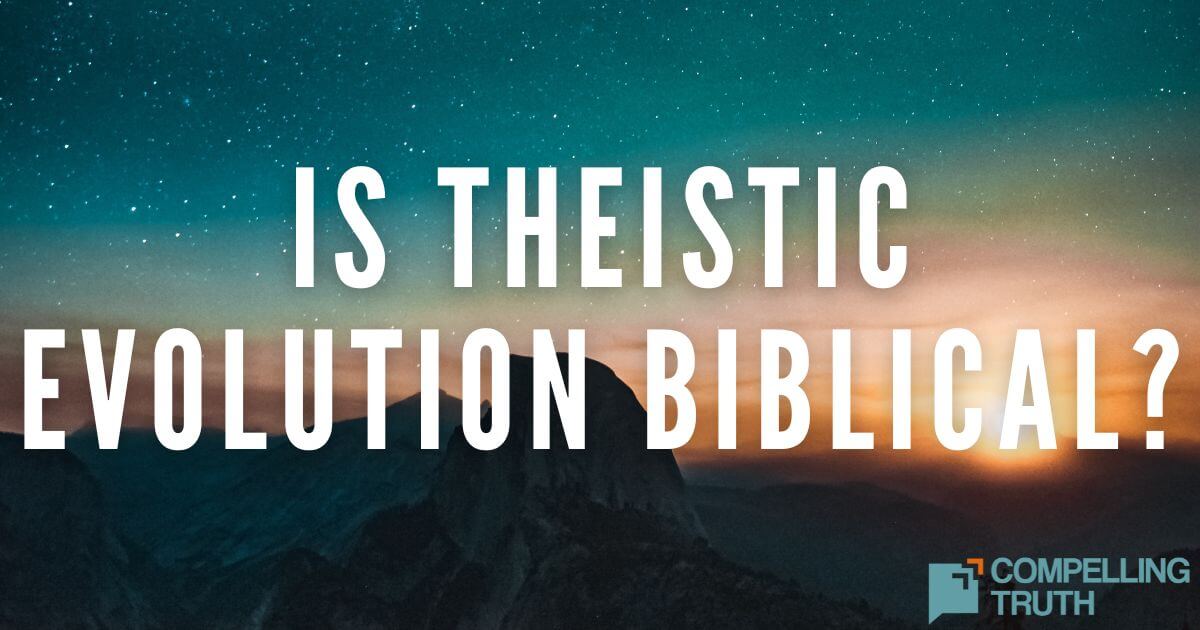Biblical creationism (young earth or old) is the view that the universe was created by God as described in the Bible (Hebrews 11:3). However, the Bible does not explicitly tell us when God created the universe, the earth, or its inhabitants. There are also many places where the Bible’s level of symbolism is debated. This leads to disagreement between Young Earth creationists (YEC) and Old Earth creationists (OEC) regarding how best to interpret the biblical text and the scientific evidence. Both YEC and OEC have a high view of Scripture but see differences in interpreting the age of the earth.
Old-Earth creationism is an umbrella term for various views on the development of life on Earth. Four common views are:
Progressive Creationism: This view suggests that God created in stages over a long period, with each stage building upon the previous one.
Day-Age Creationism: This perspective interprets the six days of creation as long periods of time, rather than literal 24-hour days.
Gap Creationism: This perspective suggests a gap between Genesis 1:1 and 1:2, allowing for an old Earth but still maintaining a literal six-day creation. This view strains to reconcile evolutionary theories with Genesis.
Theistic Evolution: This view combines Darwinian evolutionary principles with a theistic understanding of God’s role in creation. Some versions of this idea reject the accuracy of the Bible or deny the existence of a literal Adam and Eve.
Fine-tuning of the universe to support human life is an incredible proof of divine design. OEC more easily incorporates natural observations, such as the speed of light compared to the distance of stars, than does YEC.
Astronomers use two primary methods to estimate the age of the universe: by studying the oldest stars, and by measuring the expansion rate of the universe and then extrapolating back to the beginning. Observations of the cosmic microwave background are also used to independently confirm an estimated age of about 13.7 billion years, which most OECs accept. Old-earth creationists also accept the geological and cosmological estimates of a 4.5 billion-year-old Earth.
Some other teachings of biblical OEC beliefs:
God miraculously created the universe from nothing, created life from non-life, and progressively intervened in history to supernaturally form new life. Genesis 1 is a faithful, reliable account of God’s creation.
OEC is opposed to materialistic naturalism, which maintains that the universe created itself.
The age of the Earth has no bearing on the creation of life. An ancient Earth does not equate with atheistic evolution, which OECs reject.
Change through mindless, unintentional processes is unbiblical and not part of OEC.
God miraculously created Adam and Eve, who were uniquely made in the image of God, and from whom humanity’s sin originated.
Earth’s geologic features formed over long ages through both gradual and catastrophic processes.
Proponents holding to an OEC point of view include: John Lennox, William Lane Craig, C.S. Lewis, Norm Geisler, Greg Koukl, J.P. Moreland, Hugh Ross, Stephen Meyer, Wayne Grudem, and Lee Strobel, to name a few.




